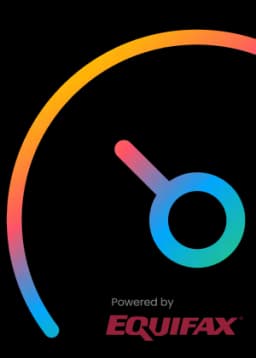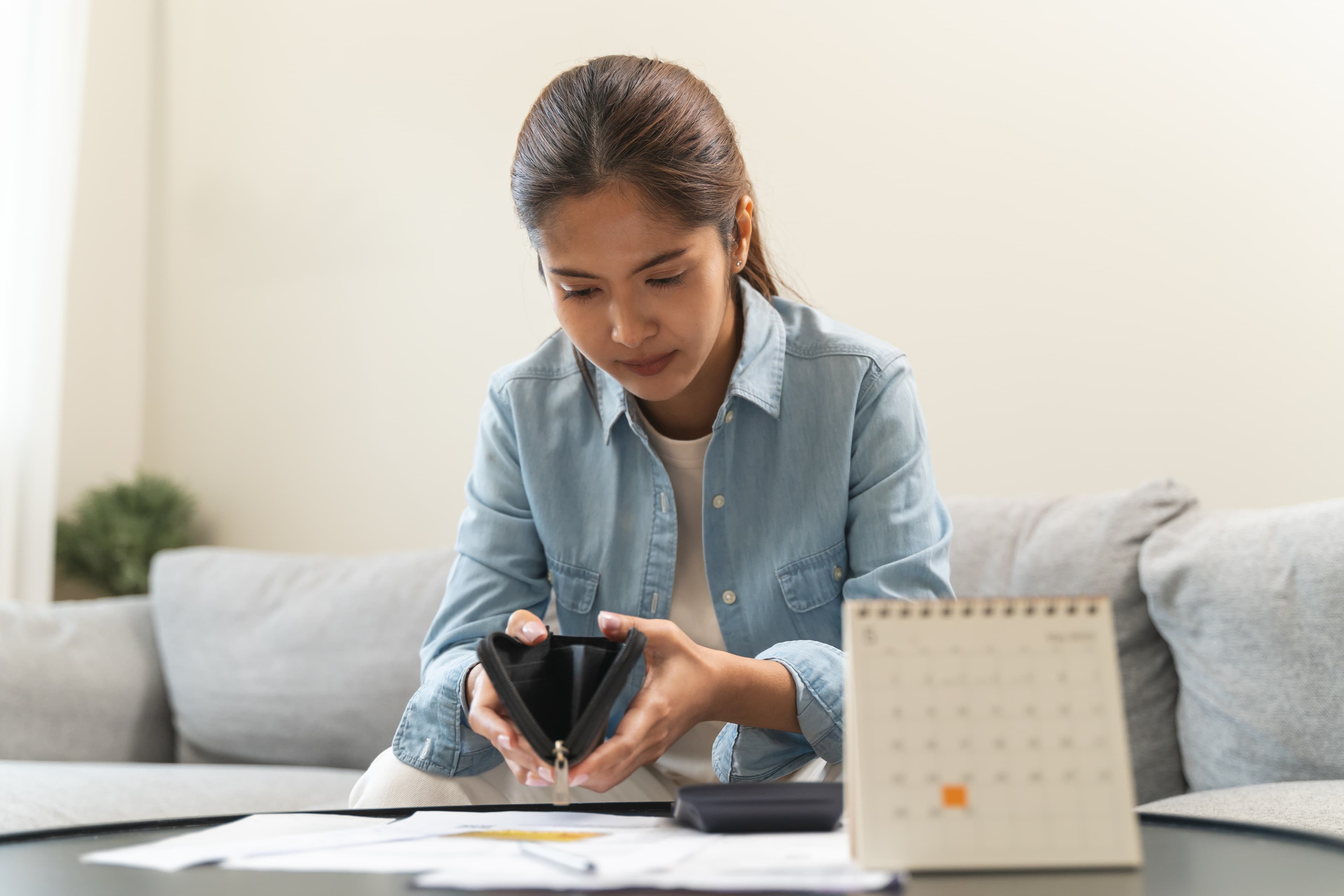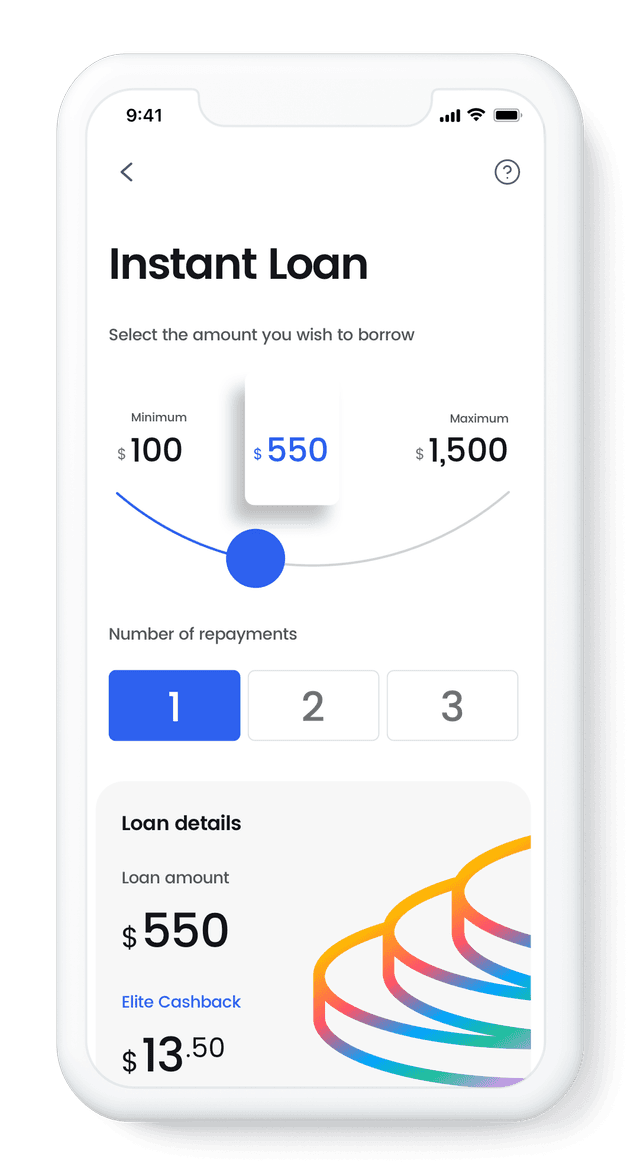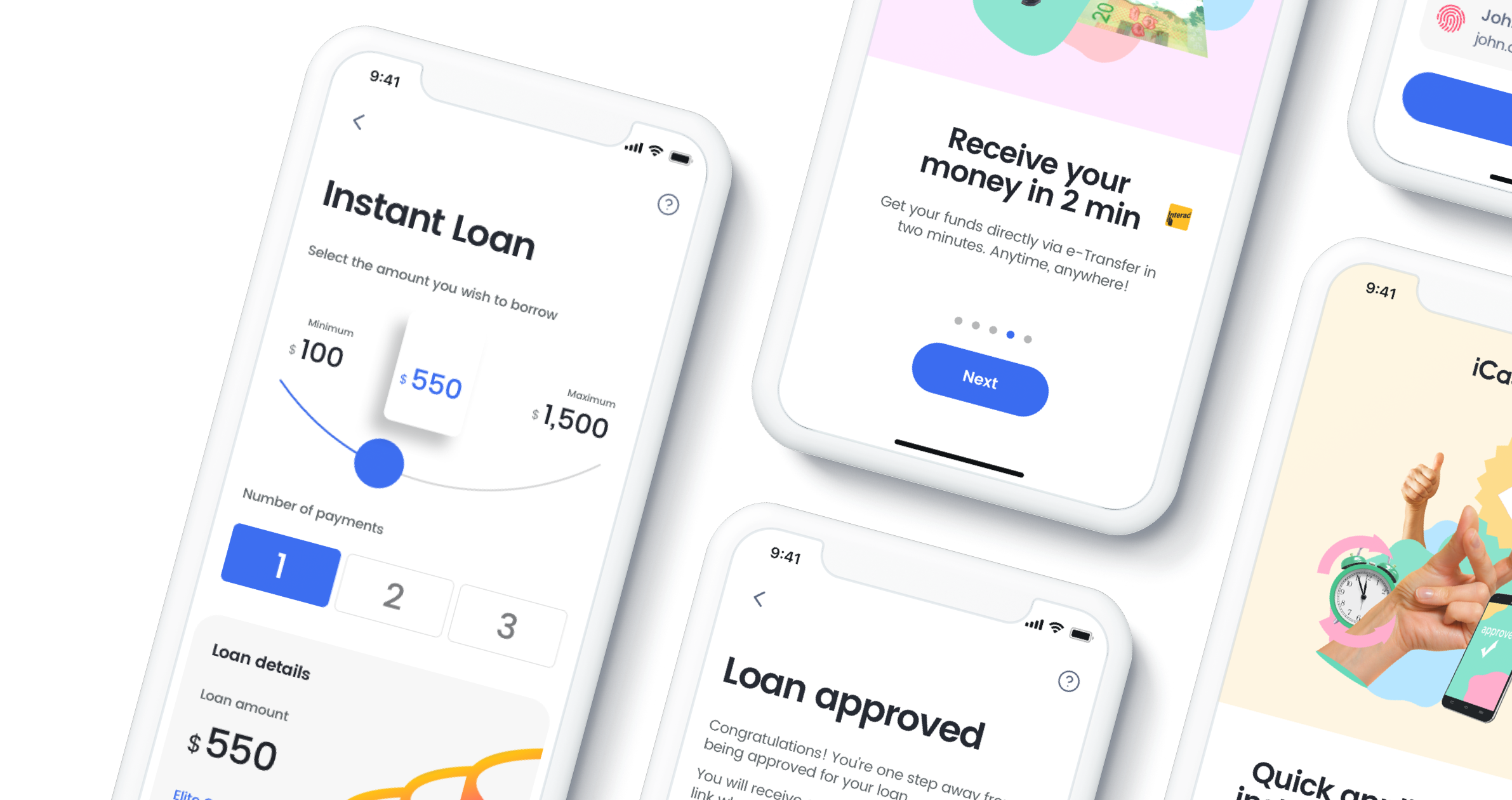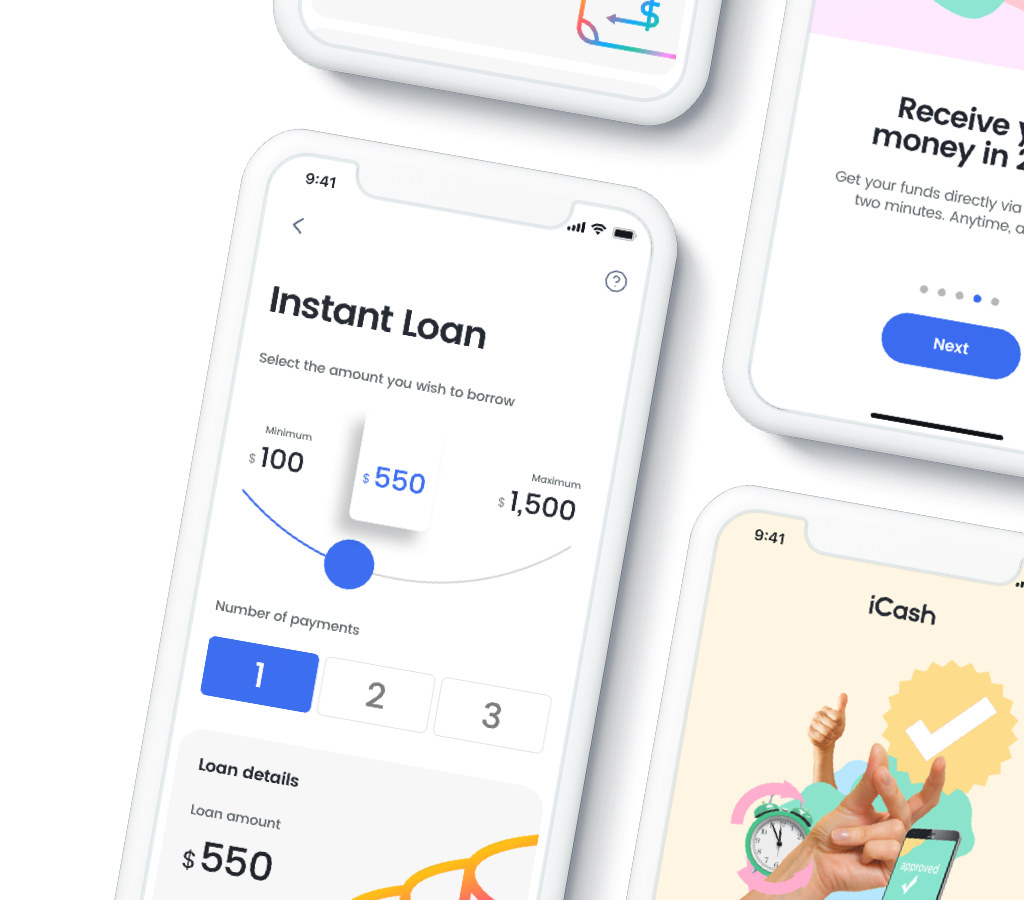When debt becomes overwhelming, there are ways to regain financial stability. One popular choice among Canadians is a consumer proposal. But what exactly is a consumer proposal, and how does it work?
A consumer proposal is a legally binding agreement between you and creditors to repay your debt over a certain period. It’s an easier way to handle your financial obligations when you’re struggling to pay them back.
Unlike declaring bankruptcy, a consumer proposal lets you keep your assets while providing a structured way to manage and reduce your debt. It’s a popular option for Canadians who want to avoid the more severe consequences of bankruptcy but still need serious debt relief.
A consumer proposal in Canada must be handled by a Licensed Insolvency Trustee (LIT) – a professional who helps you figure out how much you can comfortably afford to pay back. This representative can also negotiate with your creditors on your behalf and ensure that the terms of the proposal are fair.
Of course, creditors must accept the proposal for it to become legally binding. Once accepted, it stops all collection efforts, wage garnishments, and legal actions. It provides a significant level of protection and peace of mind if your debt is unmanageable.
Considering a consumer proposal in Canada? Learn the steps to take and why it may be a better choice compared to filing for bankruptcy.
How to File a Consumer Proposal?
Knowing how a consumer proposal works gives you more confidence if you choose to file for one. This type of debt relief is available to Canadians who owe less than $250,000, not including the mortgage on their primary residence.
This process is recognized under the Bankruptcy and Insolvency Act (BIA) and offers a structured way to manage and repay debt. Here's a step-by-step breakdown of how filing a consumer proposal is done in Canada:
Initial Consultation
The process begins with your initial consultation. During this meeting, the LIT you work with will discuss your financial situation and assess your debts, assets, and income to see if a consumer proposal is the right choice for you.
Feel free to ask as many questions as you need. It’s the most important part of the process and will help you decide on the best course of action. It can be overwhelming at first, but ensuring that you fully understand everything can give you the best possible experience.
Proposal Preparation
If you decide to move forward with the consumer proposal, your Licensed Insolvency Trustee will help you prepare it. The preparation process involves highlighting how much you can comfortably afford to repay and over what period (typically up to five years).
The proposal will also detail the specific terms of the repayment plan, including a reduction of the total amount owed or extending the repayment period to best suit your budget.
Proposal Submission
Once the proposal is finalized, the LIT will submit it to the Office of the Superintendent of Bankruptcy (OSB), which oversees the Bankruptcy and Insolvency Act and certain duties under the Companies' Creditors Arrangement Act (CCAA). Once the proposal is filed, you are protected from most legal actions by creditors i.e. wage garnishment and collection calls.
Creditor Voting
The creditor voting process can take up to 45 days, and they will decide to accept or reject the proposal. If the majority accepts, the proposal officially becomes legally binding. If the majority rejects, the LIT can work with you to modify the proposal or consider other debt relief options.
Payment Plan
Once the proposal is accepted, you will begin to make regular payments to the LIT, who will then distribute them to your creditors based on the agreed-upon plan. Payments are typically made every month for up to five years. If you have the financial means, you can also make lump sum payments to pay off the proposal sooner.
Consumer Proposal Completion
The completion of your consumer proposal becomes official once all of your payments are made. From there, the LIT will provide you with a Certificate of Full Performance. This certificate signifies that you have completed the consumer proposal and fulfilled your obligations.
Consumer Proposal vs. Bankruptcy
One of the main reasons Canadians opt for a consumer proposal vs. bankruptcy is the ability to retain assets. When you declare bankruptcy, you may be required to surrender certain assets to pay off your creditors. A consumer proposal, on the other hand, allows you to keep your home, car, and other valuable assets while still addressing your debt.
Another significant difference is the impact on your credit score. While both options affect your credit score, bankruptcy remains on your credit report for six years. A consumer proposal affects your credit for three years after completion. This shorter time frame can be crucial for individuals looking to rebuild their credit faster.
Additionally, consumer proposals offer more flexibility in repayment terms. You can negotiate a payment plan that fits your budget. This makes it easier for you to manage all of your finances while repaying your debt. Bankruptcy relief often involves more rigid repayment terms and can be more disruptive to your financial stability.
Consumer Proposal Eligibility
To be eligible for a consumer proposal in Canada, you’ll have to meet specific criteria:
Debt Threshold: Your total unsecured debt must be less than $250,000, excluding any mortgage on your primary residence.
Residence: You must provide proof of residency in Canada.
Financial Hardship: Show that you are unable to repay your debts in full and are experiencing financial instability.
Consultation with LIT: Work with a Licensed Insolvency Trustee (LIT) to draft and submit the proposal.
What Debts Can be Included in a Consumer Proposal?
Unsecured debts are included in a consumer proposal. If you have unsecured debt, it means that the debt is not secured by an asset (home or car). The types of unsecured debts include the following:
Credit card debt: Balances owed on credit cards, including all interest and fees.
Personal loans: Loans borrowed from financial institutions, a credit union, or private lenders without collateral.
Student loan payments: Government or private student loans that are older than seven years.
Income tax debt: Outstanding amounts owed to the Canada Revenue Agency (CRA) for income taxes.
Lines of credit: Unsecured lines of credit from banks or financial institutions. This doesn't include a secured credit card.
Payday loans: Short-term loans from direct lending companies.
What Debts Cannot be Included in a Consumer Proposal?
Secured debt that is tied to collateral cannot be included in a consumer proposal. Examples include a mortgage loan and car loans. These secured debts allow you to retain the collateral as long as you continue making the payments.
Additionally, court-ordered support payments (child support and spousal support payments) are generally not eligible for inclusion in a consumer proposal. They must be maintained separately from any debt consolidation efforts.
Advantages and Disadvantages of Consumer Proposal
A consumer proposal in Canada offers both advantages and disadvantages that you should consider. Know what these pros and cons are before deciding whether this debt relief option is suitable for you.
Advantages of Consumer Proposal
Debt Reduction: You have the ability to reduce your total unsecured debt, often by a significant amount. This makes it more manageable to repay.
Asset Retention: Unlike bankruptcy, a consumer proposal lets you keep your assets, such as your home, car, etc.
Rebuild Credit Faster: The impact on your credit score is less severe compared to bankruptcy. It only stays on your credit report for three years following completion.
Flexible Repayment Terms: You can negotiate a repayment plan that suits your budget. It provides a structured and predictable path to financial recovery.
Legal Protection: Once the creditor accepts your proposal, they are legally bound by its terms and cannot take further legal action against you.
Disadvantages of Consumer Proposal
Credit Score Impact: Despite being less severe than bankruptcy, a consumer proposal can still negatively impact your credit score.
Eligibility Requirements: Not everyone qualifies for a consumer proposal. It requires careful evaluation of your financial situation and meeting specific criteria.
Committed to Payments: Failing to keep up with agreed payments can result in the proposal being annulled, forcing you back into your original debt state.
Trustee Fee: A LIT who is responsible for preparing and administering the proposal will charge various fees, including a filing fee, counselling fee, and other types of administration fees . This can add to your overall cost.
Consumer Proposals in Different Provinces
What is a Consumer Proposal in Ontario?
A consumer proposal in Ontario follows the same basic principles and steps outlined above. However, provincial guidelines may influence certain aspects, such as the role of a Licensed Insolvency Trustee and specific protections for debtors. If you’re a resident of Ontario, you should consult with a LIT familiar with the provincial regulations to ensure everything is done properly.
What is a Consumer Proposal in Alberta?
Alberta follows the same federal rules for consumer proposals in Canada but may offer different provincial resources and support programs for those considering one. Moreover, working with an Alberta-based Licensed Insolvency Trustee ensures you receive guidance tailored to your location.
Consumer Proposals Canada-Wide
No matter where you live in Canada, the fundamentals of a consumer proposal remain the same. It’s a federally regulated process designed to help Canadians regain control of their finances while avoiding the more severe consequences of personal bankruptcy. Each province may have specific resources available to assist you in navigating the process, but the core benefits and steps are consistent nationwide.
The Impact of a Consumer Proposal on Credit Score
If you’re considering a consumer proposal, you may wonder how it affects your credit score. While it’s true that it will hurt your credit score, the consequences are generally less severe than those who file for bankruptcy.
When you file a consumer proposal, it’s noted on your credit report as an R7 rating. This indicates that you’ve made a formal debt settlement arrangement. In other words, you are making monthly payments under a special (and already approved) arrangement.
The R7 rating remains on your credit report for three years after you complete the proposal, compared to bankruptcy, which results in an R9 rating. An R9 rating stays on your report for six years, signaling a more severe financial situation.
Despite the negative impact consumer proposals have on your credit rating, it can be a strategic step towards financial recovery. You always have the opportunity to rebuild your credit after a consumer proposal. You can do this by making timely payments and managing new credit wisely.
For example, taking out a temporary loan and paying it off on time can diversify your credit profile and show financial responsibility. This proactive approach can mitigate the long-term effects on your credit score and improve your financial standing over time.
Frequently Asked Questions About a Consumer Proposal in Canada
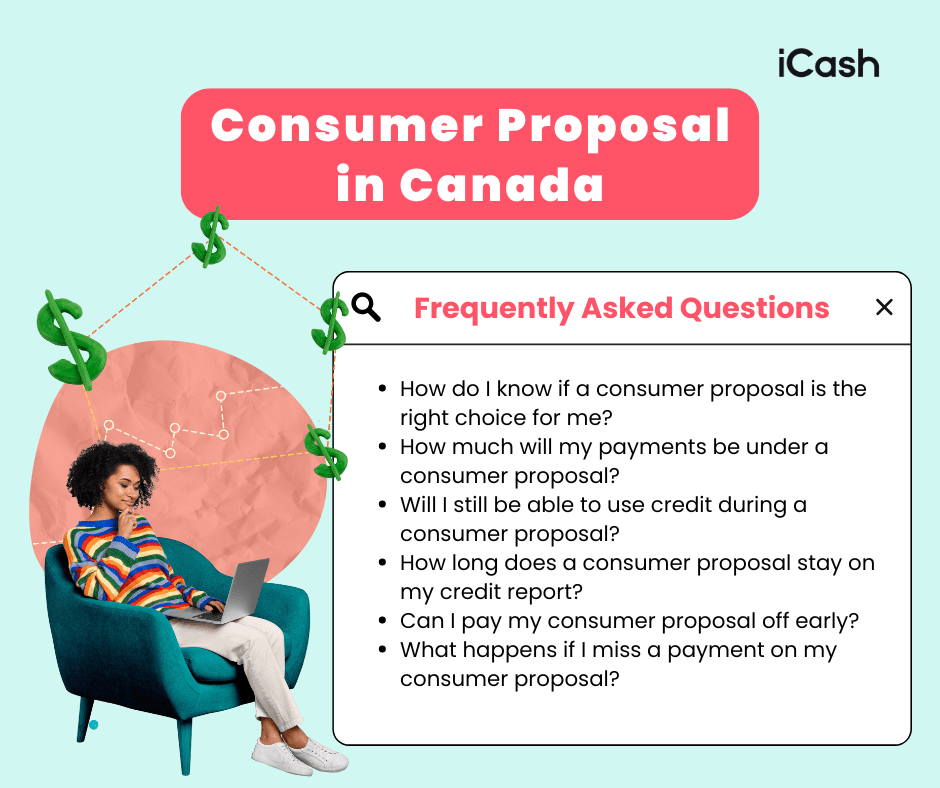
How do I know if a consumer proposal is the right choice for me?
A consumer proposal may be ideal if you have numerous unsecured debts and are struggling with minimum payments. It can also help protect assets like a home or car. Consult with a Licensed Insolvency Trustee (LIT) to determine your best course of action.
How much will my payments be under a consumer proposal?
Your monthly payments will depend on a few factors, including your income, expenses, and the total amount of debt included in your consumer proposal. A Licensed Insolvency Trustee can help you determine the most realistic and manageable payment plan.
Will I still be able to use credit during a consumer proposal?
No, you will not be allowed to obtain any new credit while your proposal is active. However, once your proposal is completed, rebuild your credit by making timely payments and managing new credit responsibly. Consider financial counselling sessions to improve your financial management skills.
How long does a consumer proposal stay on my credit report?
A consumer proposal will remain on your report for three years after completion. It’s significantly shorter than the six years for bankruptcy. However, missed payments or other negative information related to your debt repayment is recorded on your report during the proposal process.
Can I pay my consumer proposal off early?
Yes! If your monthly payments are easier to manage, you can make an early lump sum payment towards your consumer proposal. Discuss any changes to your proposal payments with your LIT to ensure they fit within the terms of your proposal.
What happens if I miss a payment on my consumer proposal?
If you miss a payment, contact your LIT immediately. He or she can assess the situation and potentially make arrangements for missed payments to be added to the end of your proposal.
Failure to make a consistent monthly payment could result in the annulment of the proposal. This means you would be responsible for paying back the full amount of your debts owed.
Remember, when you file a consumer proposal, it's your responsibility to make payments as agreed upon in the proposal. Missing payments can have serious consequences on your financial future.
Learn About Consumer Proposals and Other Debt Relief Options with iCash
Whether you want to learn more about how to file a consumer proposal or explore other debt relief solutions, the iCash personal finance hub is here to help. Our experts can guide you through the process of creating a realistic budget or managing your debt payments to find solutions that work for you.
Everyone deserves a fresh financial start. Our goal is to provide you with the knowledge and resources to make the best decision for your unique situation. Even if you're nearing the end of a consumer proposal and looking for ways to rebuild and diversify your credit score, we have small loan options for that, too!

